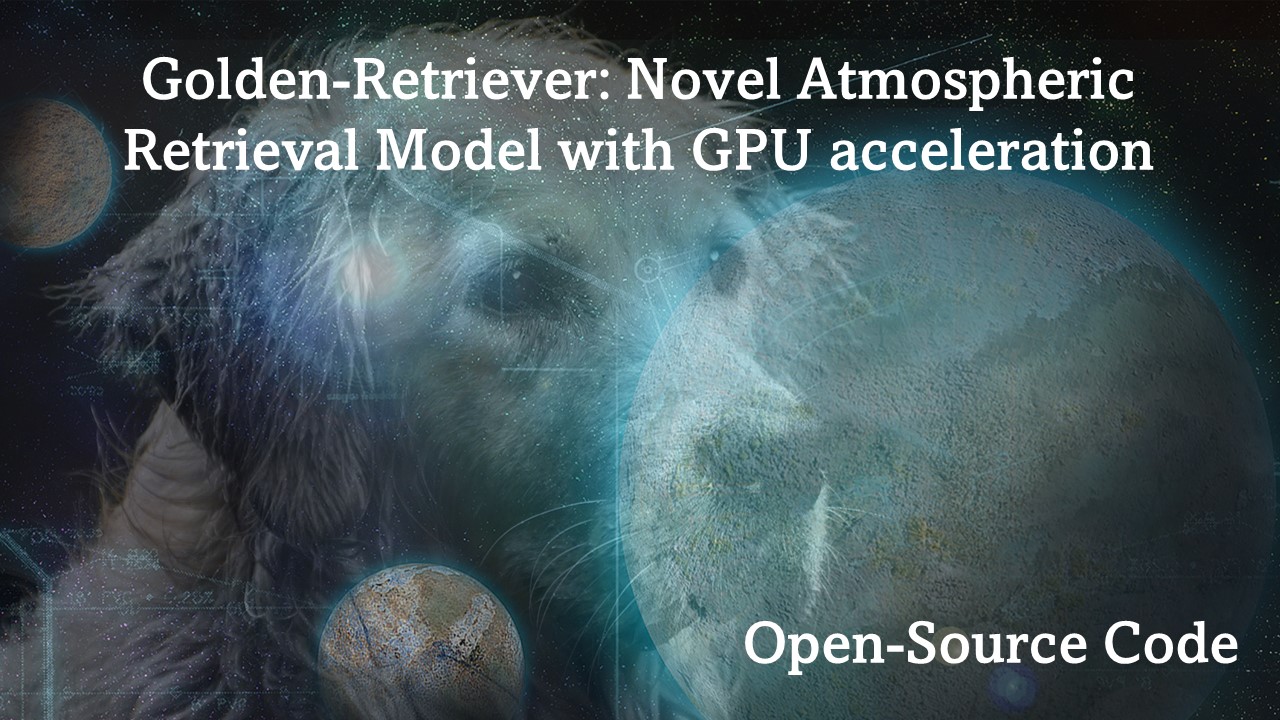Research
Research Interests
My scientific research topics focus on the theory and development of numerical models to study the atmospheres of Solar System planets, exoplanets and Earth.
My goal is to explore the diversity of existing climates and to search for and characterise exoplanet atmospheres.

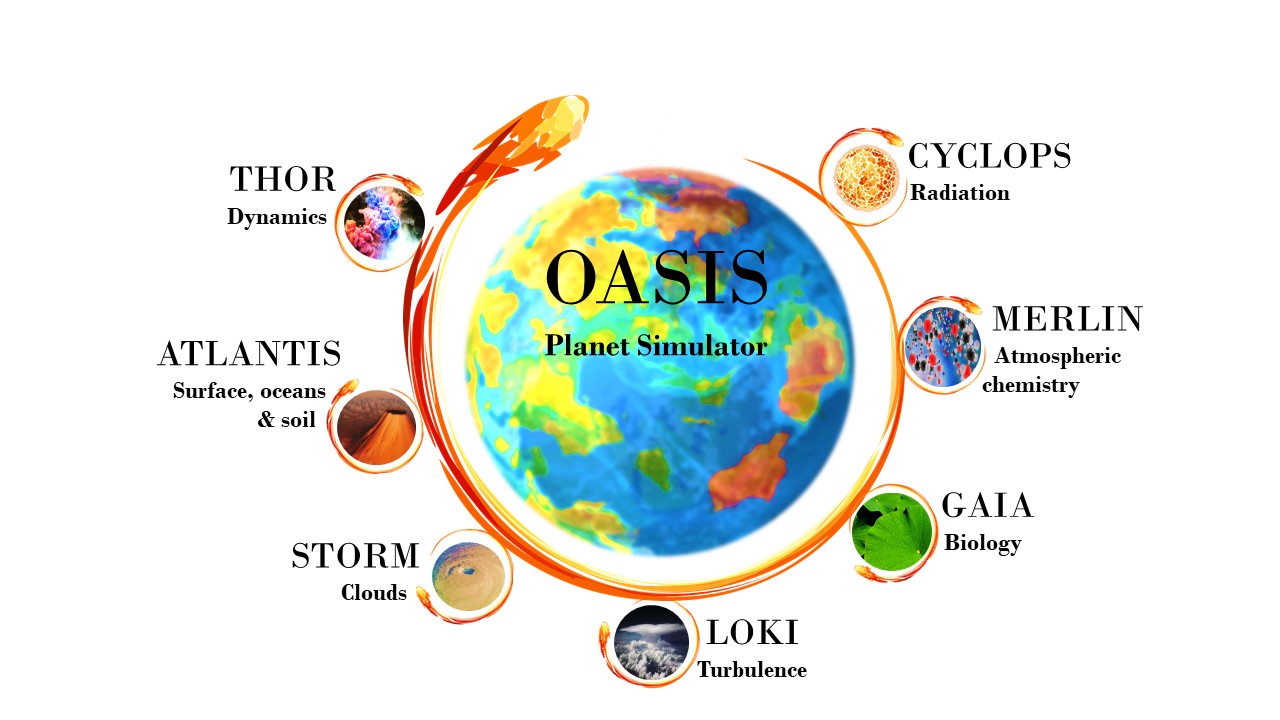
OASIS – Planet Climate Simulator
I have been developing a Planetary Climate Model (PCM) from the ground up, OASIS. With OASIS, I envision a platform that couples self-consistently seven individual modules representing the main physical and chemical processes (including biological activity) that shape planetary environments. OASIS is a 3D planetary virtual lab capable of studying the environment of terrestrial planets, which will be an essential tool to characterise observed terrestrial planets and plan future observations.
References:
- Mendonca J., ‘Mass Transport in a Moist Planetary Climate Model’, 2022, Volume 659, A43, Astronomy & Astrophysics
- Mendonca J. & Buchhave L., ‘Modelling the 3D Climate of Venus with OASIS’, 2020, Volume 496, Pages 3512-3530, Monthly Notices of the Royal Astronomical Society
THOR – Dynamical Core
THOR solves the fully compressible – non-hydrostatic fluid equations in an icosahedral grid and is intended to be flexible enough to explore a large diversity of planetary atmospheres. This code can work as a standalone code, but it is also the physics module that represents the 3D fluid flow in my 3D planetary climate model, OASIS. I have been developing THOR to simulate other planets without compromising the physics in the simulations and avoiding physical approximations brought from other research fields, such as Earth climate research. Currently, the code is being expanded to include new techniques that will allow us to study some of the most extreme planet climate phenomena (e.g., atmospheric collapse).
References:
- Mendonca J., ‘Mass Transport in a Moist Planetary Climate Model’, 2022, Volume 659, A43, Astronomy & Astrophysics
- Deitrick R., Mendonca J., Schroffenegger U., Grimm S., Shang-Min T., Heng K., ‘THOR 2.0: Major Improvements to the Open-Source General Circulation Model’, 2020, Volume 248, Issue 2, Pages 30, The Astrophysical Journal Supplement Series
- Mendonca J., Grimm S., Grosheintz L., Heng K., ‘THOR: A New and Flexible Global Circulation Model to Explore Planetary Atmospheres’, 2016, Volume 829, Issue 2, The Astrophysical Journal
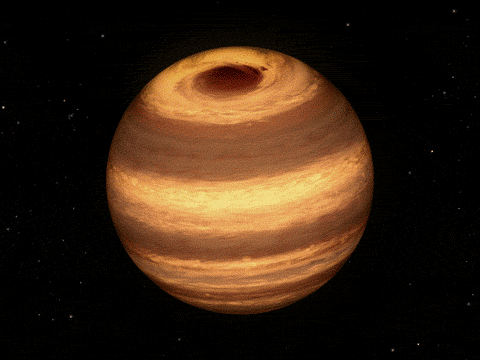
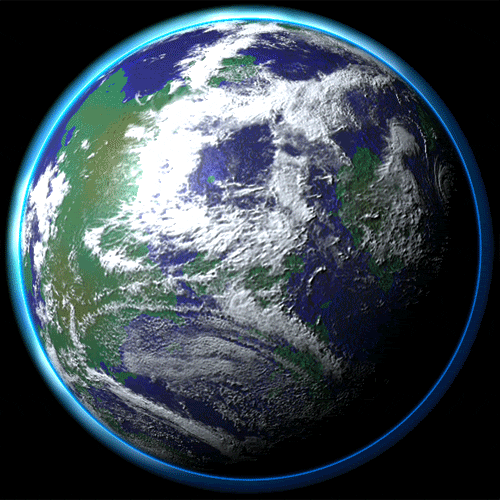
Atmospheric Dynamics & Chemistry
I am interested in understanding particular dynamical phenomena that occur in planet atmospheres, such as the formation of atmospheric jets and turbulence. By studying atmospheric circulation, we can predict how clouds/chemistry are redistributed across the planet and vice versa. I have been developing 3D numerical tools able to make those predictions.
References:
- Mendonca J., ‘Angular Momentum and Heat Transport on Tidally Locked Hot Jupiter Planets’, 2020, Volume 491, Issue 1, Pages 1456–1470, Monthly Notices of the Royal Astronomical Society
- Mendonca J., Tsai S., Malik M., Grimm S., Heng K., ‘Three-Dimensional Circulation Driving Chemical Disequilibrium in Wasp-43b’, 2018, Volume 869, Issue 2, The Astrophysical Journal
- Mendonca J., Malik M., Demory B., Heng K., ‘Revisiting the Phase Curves of WASP-43b: Confronting Reanalyzed Spitzer Data with Cloudy Atmospheres’, 2018, Volume 155, Issue 4, The Astronomical Journal
- Tsai S., Kitzmann D., Lyons J., Mendonca J., Grimm S., Heng K., ‘Towards Consistent Modeling of Atmospheric Chemistry and Dynamics in Exoplanets: Validation and Generalization of Chemical Relaxation Method’, 2018, Volume 862, Issue 1, The Astrophysical Journal
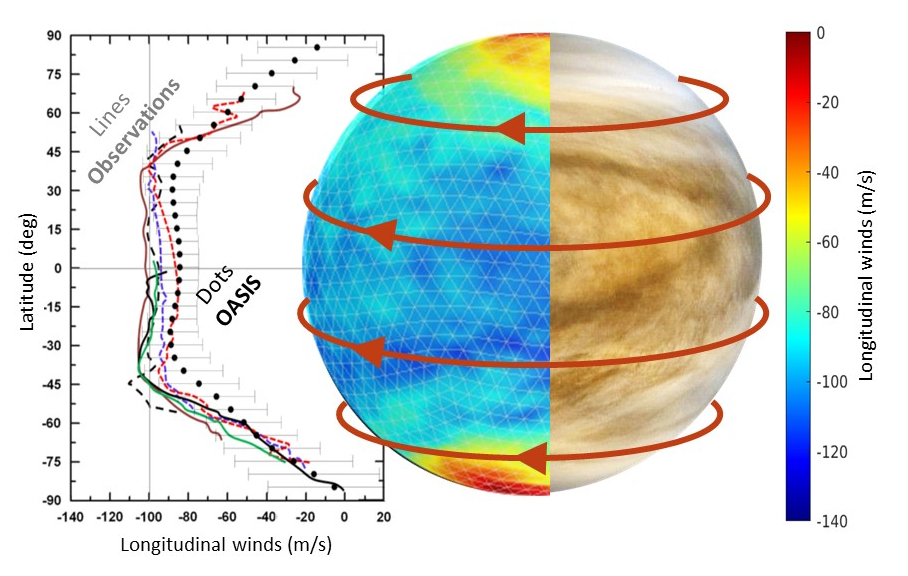
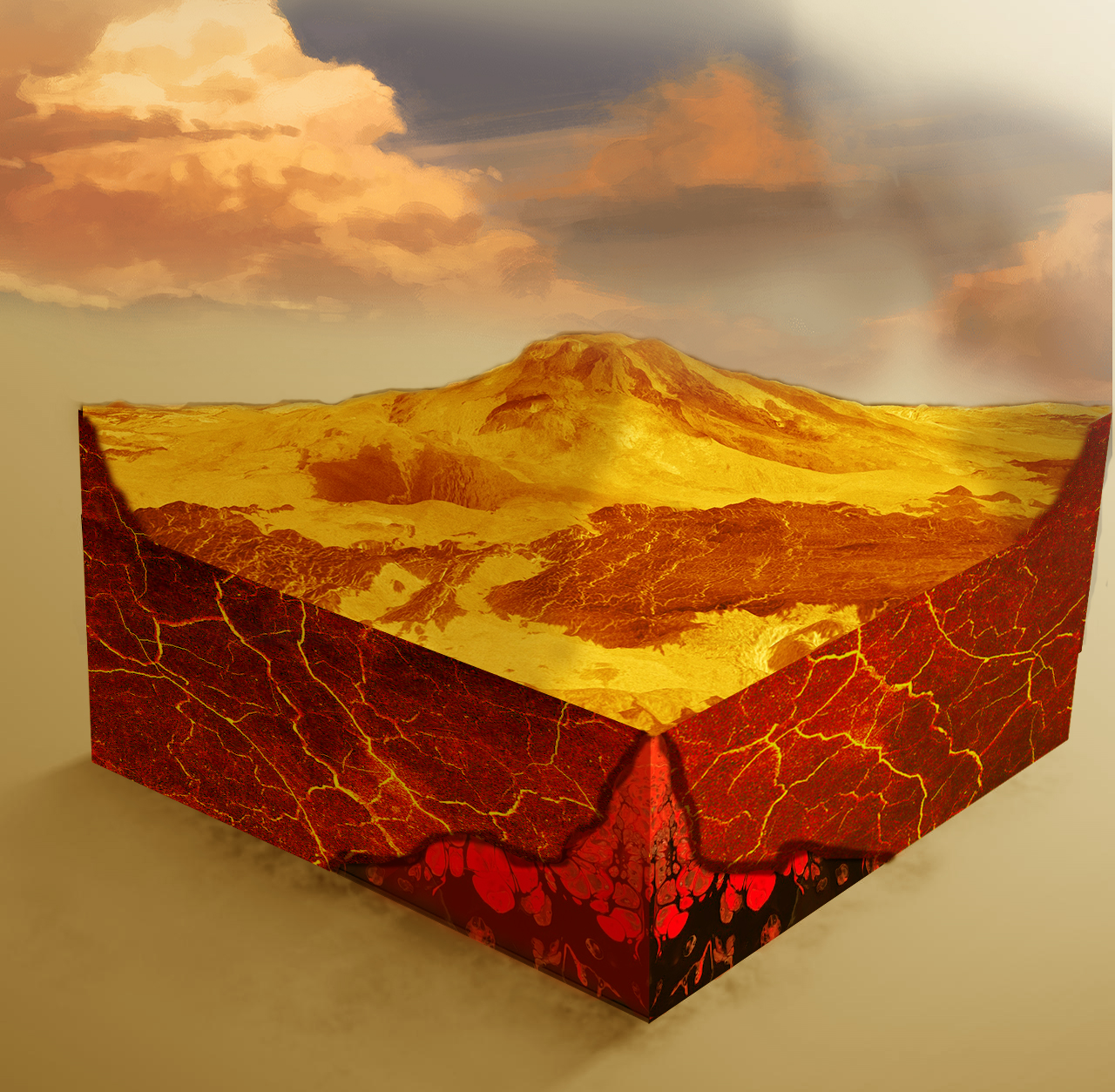
Venus Climate
Venus is the most Earth-like planet in the Solar System regarding mass and size. I have developed numerical tools to fully understand the main mechanisms driving Venus’s climate and atmospheric circulation. To explore Venus, I have developed models with different levels of complexity, from simple 1D models to fully 3D. OASIS is one of the most advanced models worldwide capable of simulating the challenging Venus conditions.
Earth and Venus nowadays have very distinct atmospheres, and I am interested in learning more about the climate evolution of both planets. If Venus had an Earth-like climate in the past, I am very interested in learning when, why and how both climates started diverging.
References:
- Shao W., Zhang X., Mendonca J., Encrenaz T., ‘Local-time Dependence of Chemical Species in the Venusian Mesosphere’, 2021, accepted for publication in The Planetary Science Journal
- Mendonca J. & Buchhave L., ‘Modelling the 3D Climate of Venus with OASIS’, 2020, Volume 496, Pages 3512-3530, Monthly Notices of the Royal Astronomical Society
- Mendonca J. and Read P., ‘Exploring the Venus global super-rotation using a comprehensive Global Circulation Model’, 2016, Volume 134, pp 1-18, Planetary and Space Sciences
- Mendonca J., Read P., Wilson C., Lee C., ‘A new, fast and flexible radiative transfer method for Venus general circulation models’, 2015, Volume 105, p. 80-93., Planetary and Space Science
- Mendonca J., Read P., Wilson C., Lewis S., ‘Zonal winds at high latitudes on Venus: An improved application of cyclostrophic balance to Venus Express observations’, 2011, Volume 217, Issue 2, p. 629-639, Icarus
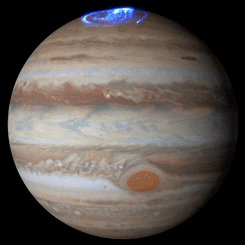

Other Planets
I have ongoing projects on solar (e.g., Venus, Mars, and Jupiter) and extrasolar planets. Several of these projects are associated with atmospheric dynamic problems that remain poorly explored (e.g., the formation of global dust storms and large storms in gas planets). My ultimate goal is to unify the theory of planetary atmospheric circulations and climates in a comprehensive way.
References:
- Read P., Barstow J., Charnay B., Chelvaniththilan S., Irwin G., Knigth S., Lebonnois S., Lewis S., Mendonca J., Montabone L., ‘Global energy budgets and “Trenberth diagrams” for the climates of terrestrial and gas giant planets’, 2016, Accepted, Quaterly Journal of the Royal Meteorological Society
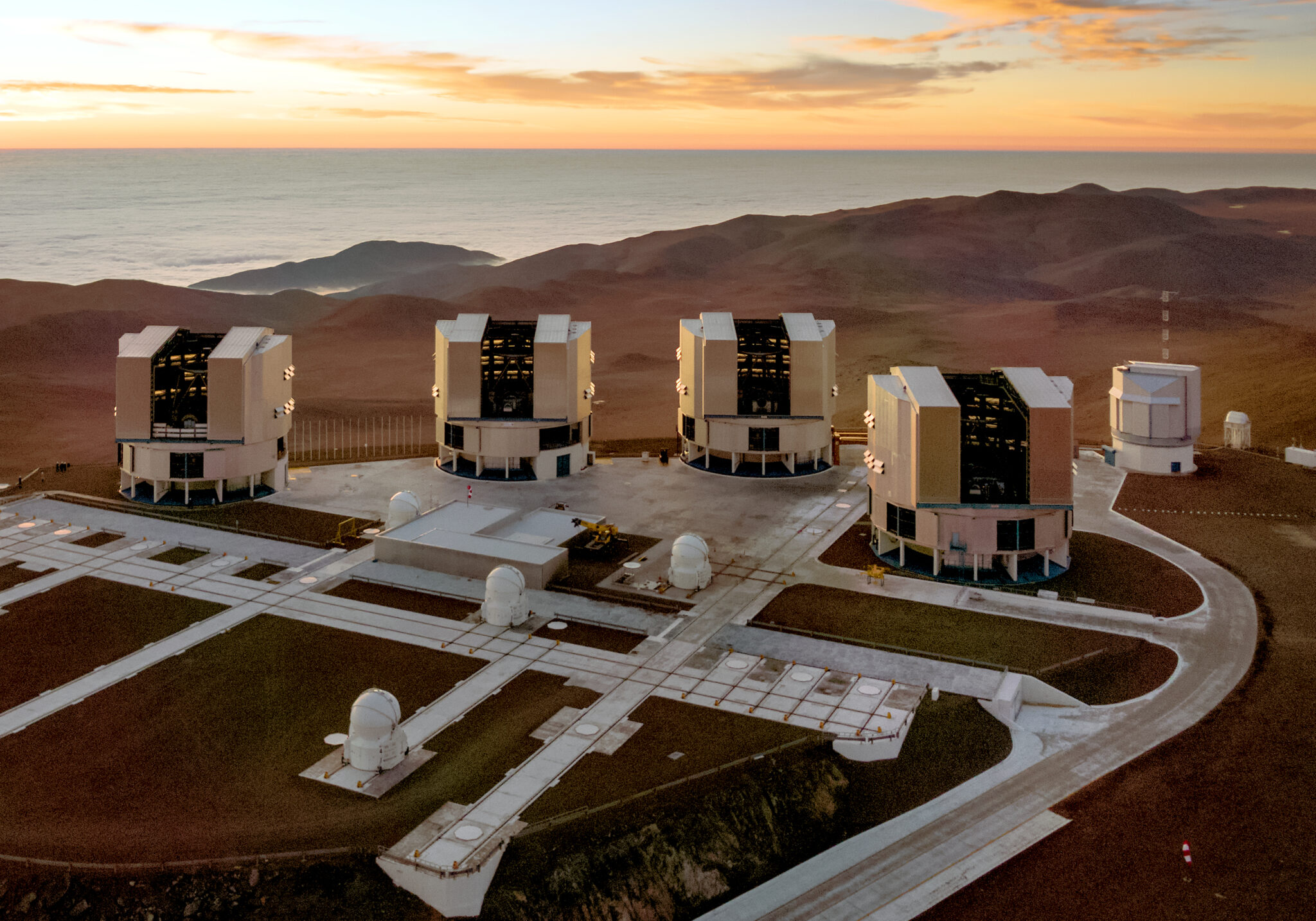
High-Resolution Spectroscopy
High-resolution spectroscopy is a powerful technique to characterise the atmosphere of exoplanets. Currently, I am collaborating with observers by providing atmospheric models to interpret the observational data. I am also developing a retrieval model (Golden-Retriever) that can retrieve physical information about the planets from high-resolution spectroscopy data. One of the main advantages of high spectral resolution observations is that we can resolve a forest of unique absorption lines for specific molecules/atoms.
References:
- Lowson N., Zhou G., Wright D., Huang C., Mendonca J., Cabot S., Pudmenzky C., Wittenmyer R., Latham D., Bieryla A., Esquerdo G., Berlind P., Calkins M., ‘Multi-epoch detections of the extended atmosphere and transmission spectra of KELT-9b with a 1.5m telescope’, 2023, 165, 3, 16 p., 101, Astronomical Journal
- Bello-Arufe A., Buchhave L., Mendonca J., Tronsgaard R., Heng K., Hoeijmakers H., Mayo A., ‘Exoplanet atmospheres at high resolution through a modest-size telescope’, 2022, 662, A51, Astronomy & Astrophysics
- Bello-Arufe A., Cabot S., Mendonca J., Buchhave L., Rathcke A., ‘Mining the Ultra-Hot Skies of HAT-P-70b: Detection of a Profusion of Neutral and Ionized Species’, 2021, accepted for publication in The Astronomical Journal
Retrieval Model
Golden-Retriever is part of an open-source platform that combines multiple observational datasets to retrieve physical information about the atmospheres of planets. The rapid growth of observational data available from the ground- and space-based telescopes requires combining the data available in a unified framework to maximise the physical constraints in our data interpretation.
To combine different types of observational data, including high-resolution spectroscopy, we need to build atmospheric models that are fast enough to interact with nested sampling algorithms. The new software that I have developed combines well-established models to calculate gas absorption cross-sections (Helios-K), equilibrium chemistry (FastChem), and nested sampling algorithms (UltraNest or MultiNest) with atmospheric models (OASIS) accelerated by GPU computations.
References:
- Lavie B., Mendonca J., Mordasini C., Malik M., Bonnefoy, Demory B., Oreshenko M., Grimm S., Ehrenreich D. and Heng K., ‘HELIOS-RETRIEVAL: An Open-Source, Nested Sampling Atmospheric Retrieval Code, Application to the HR 8799 Exoplanets and Inferred Constraints for Planet Formation’, 2017, Volume 154, Issue 3, The Astrophysical Journal


